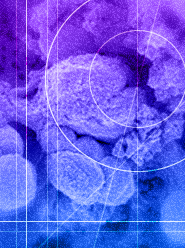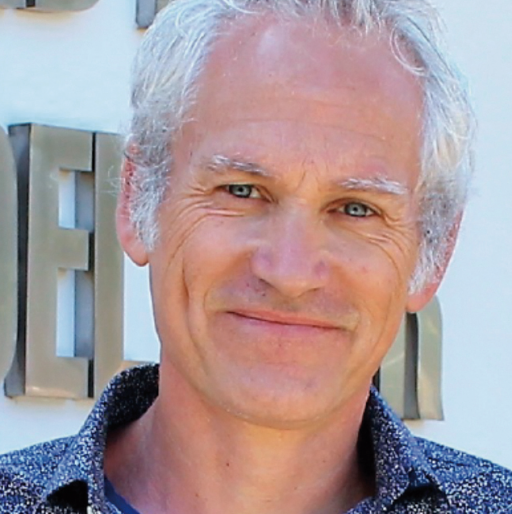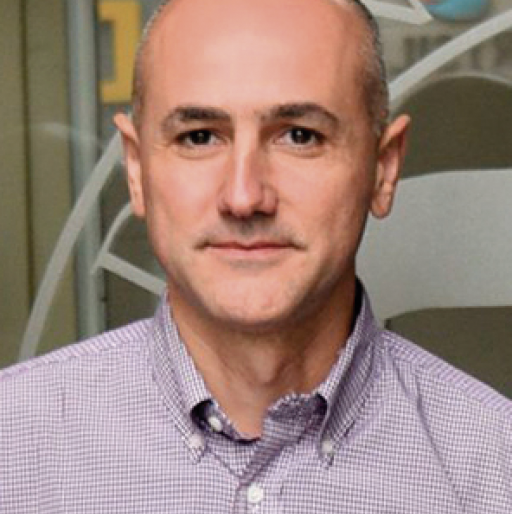
Associate team
Starting year: 2025
Ending year: 2027
Leading institutions:
-
GREENOWL project-team (former BIOCORE), Inria Centre at Université Côte d'Azur (France)
-
Pontificia Universidad Católica de Valparaíso (Chile)
Collaborating institutions:
-
Inria Chile (Chile)
-
Modela CFD (Chile)
Coordinators
GREENOWL, Inria
Pontificia Universidad Católica de Valparaíso
Project summary
The cycles of nitrogen, phosphorus, and carbon are primarily driven by microbial ecosystems. Microalgae, for instance, fix inorganic carbon via photosynthesis, simultaneously utilizing inorganic nitrogen and phosphorus. These nutrients then flow through the entire trophic chain, culminating in recycling and remineralization by the bacterial loop. This intricate and nonlinear biological network has been mimicked and intensified in wastewater treatment processes and the core of the Art’In Blue project is a better modelling and control of wastewater treatment processes, especially by combining mechanistic models with machine learning. By exploiting insights gained from modeling wastewater remediation systems, we can enhance our understanding of similar microbial dynamics also in groundwater denitrification processes, but also in natural marine ecosystems.
In this project, we will focus on developing advanced models for microbial ecosystems, with a specific emphasis on two bioprocesses. Additionally, we aim to extend these models to marine ecosystems, exploiting insights gained from controlled systems to address broader environmental challenges. These microbial ecosystems are complex, nonlinear, and often characterized by multiple possible steady states. Accurately modeling their dynamics poses a significant challenge, making their understanding, their control and optimization difficult. Advances in Artificial Intelligence, combined with extensive monitoring data, offer promising opportunities to improve model representation and system control.
The teams participating in Art’in Blue bring together complementary expertise: experimental pilot systems with advanced technologies (PUCV, MODELA CFD), extensive databases from ocean monitoring (GREENOWL, Inria Chile), advanced ecosystem modeling (GREENOWL) and bioprocess modelling (PUCV, MODELA CFD), machine learning algorithm design (Inria Chile, GREENOWL), and control theory (GREENOWL).
Team
In France:
-
Olivier Bernard, researcher, coordinator Art'In Blue project, GREENOWL project-team, Inria Centre at Université Côte d'Azur, Inria
-
Walid Djema, researcher, GREENOWL project-team, Inria Centre at Université Côte d'Azur, Inria
-
Francesca Casagli, researcher, GREENOWL project-team, Inria Centre at Université Côte d'Azur, Inria
In Chile:
-
David Jeison, researcher, coordinator del proyecto Art'In Blue, Pontificia Universidad Católica de Valparaíso
-
Carlos Martínez von Dossow, researcher, Pontificia Universidad Católica de Valparaíso
-
Alvaro Torres, researcher, Pontificia Universidad Católica de Valparaíso
-
Luis Martí, researcher, Inria Chile
-
Nayat Sánchez-Pi, researcher, Inria Chile
-
Andres Donoso-Bravo, researcher, Modela CFD


